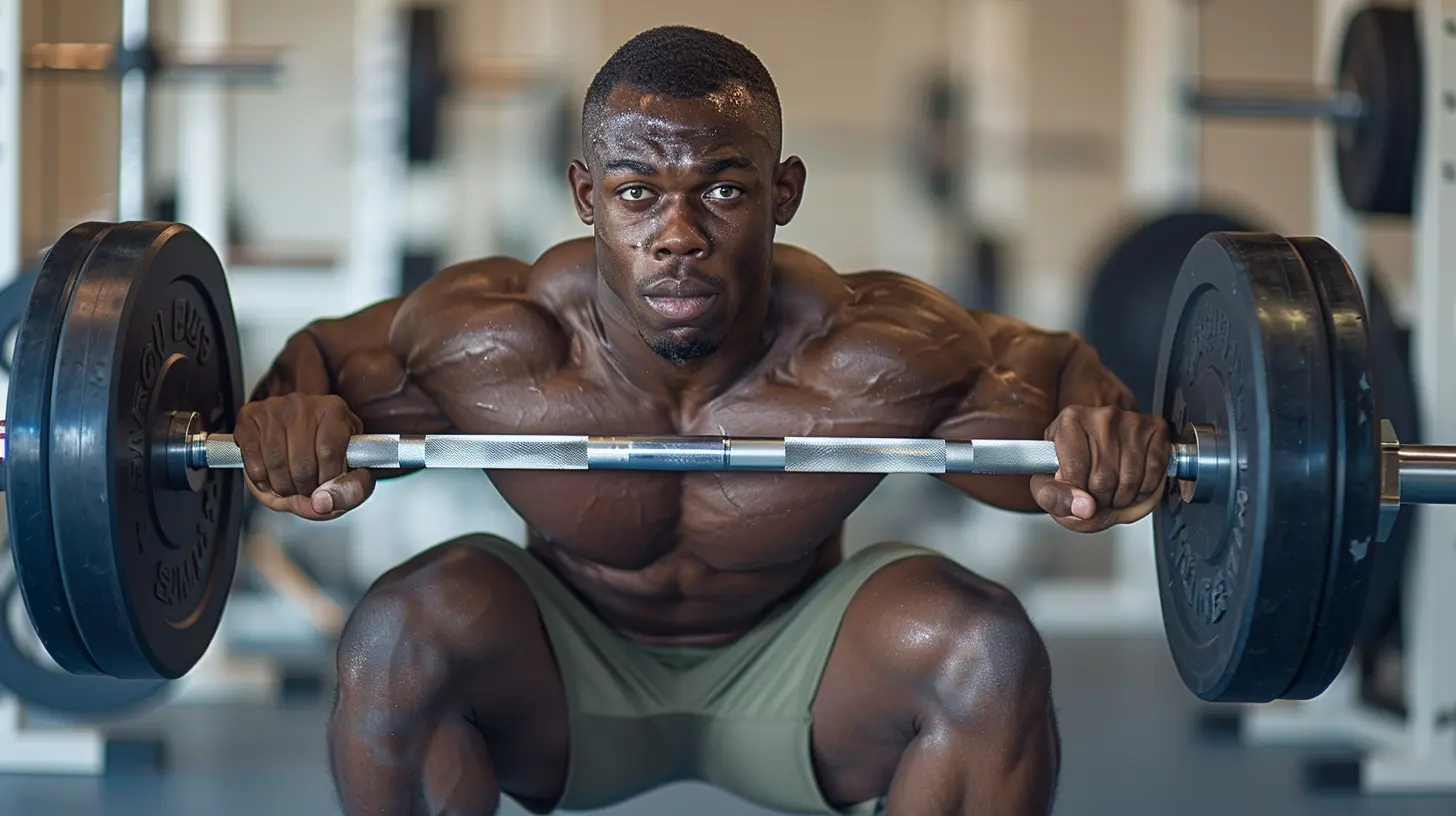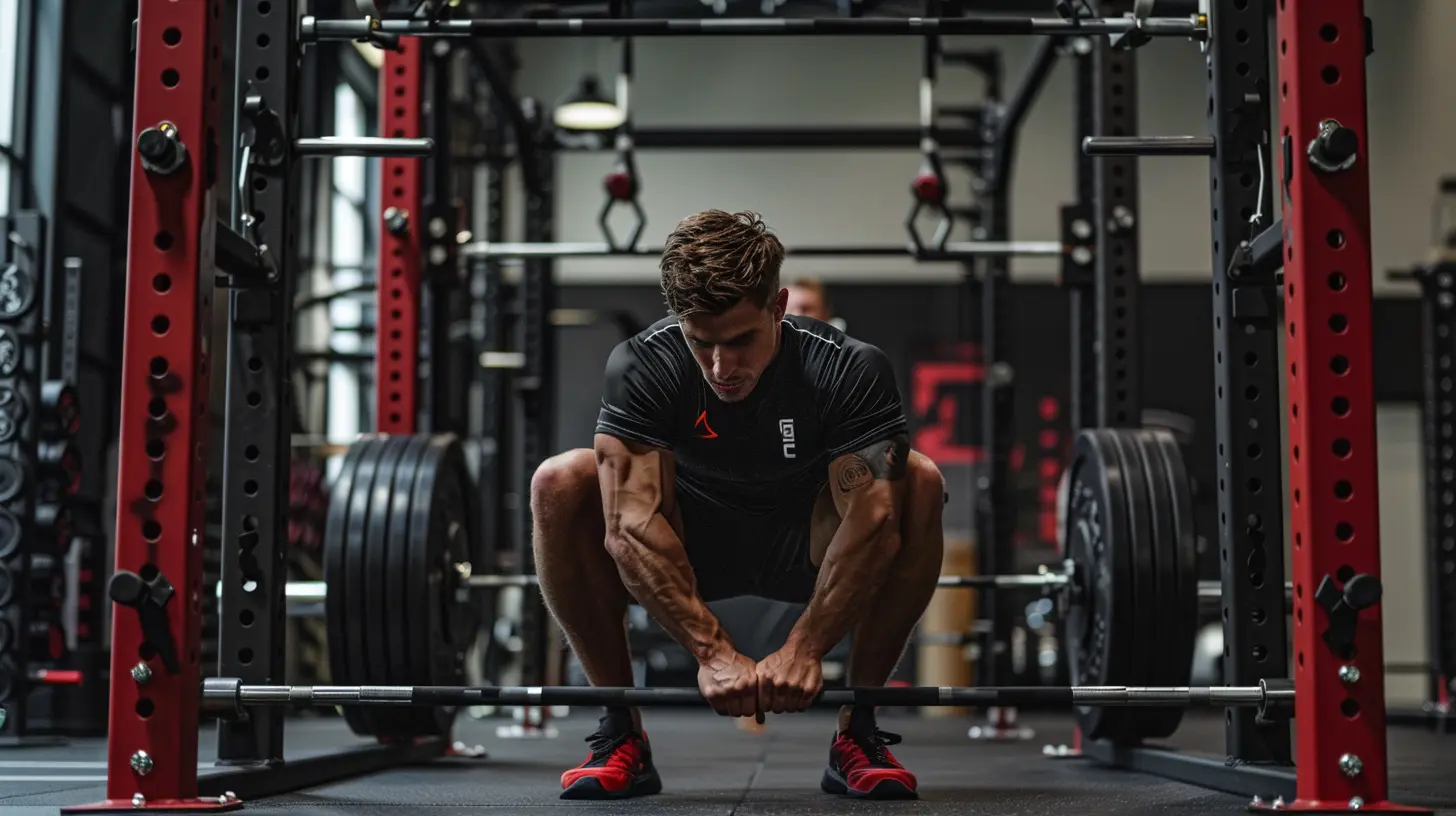How to Train for Functional Strength in Everyday Life
7 August 2025
You ever feel like your gym workouts are great, but when it comes to lugging groceries up the stairs or wrestling with a stuck jar lid, you fall apart? Yeah, same here. That’s because building muscle and building functional strength aren’t always the same thing.
Functional strength is all about being strong where it counts — in real life. It’s the kind of strength that lets you carry your kid on one hip, haul your suitcase through an airport, or move furniture without calling three friends. The good news? Training for functional strength isn’t rocket science; it just takes a smarter approach to fitness.
Let’s break it down, and I’ll walk you through how to train for functional strength in everyday life — simply, effectively, and without spending hours in the gym.
What is Functional Strength, Really?
Before we dive into workouts and routines, let’s talk about what functional strength actually means.Functional strength is the ability to perform everyday tasks safely and efficiently. It’s not just about lifting heavy at the gym — it’s about your body working as a cohesive unit. Think of it like this: rather than isolating muscles for aesthetics, functional training focuses on how your muscles work together to tackle real-life movements.
If regular weight lifting is like rehearsing for a bodybuilding show, then functional strength is like training for a real-world obstacle course.
Why Functional Strength Matters
So why should you care about functional strength?Because life doesn’t happen in perfect, isolated movements. You're not doing bicep curls when you're carrying laundry or pushing a stalled car — you’re using your entire body. By training functionally, you're strengthening the muscles, tendons, joints, and even your brain to work together, which:
- Reduces your risk of injury
- Enhances mobility and flexibility
- Increases muscle endurance
- Makes day-to-day tasks feel easier
- Improves posture and balance
This is the kind of strength that pays off 24/7, not just while flexing in the mirror.
Core Principles of Functional Strength Training
To really build functional strength, you’ve got to train with purpose. Here's what that means:1. Compound Movements Over Isolation Exercises
When we talk about functional movements, we're talking about exercises that use multiple joints and muscles at once. These are compound movements — squats, lunges, push-ups, pull-ups, deadlifts — you get the idea.Isolation exercises like bicep curls or leg extensions have their place, but they don’t mimic real-life movement patterns. Compound movements do a better job of simulating how we actually move.
2. Train in All Planes of Motion
Life isn’t just happening front-to-back (sagittal plane), so don’t train like it is. We also move side-to-side (frontal plane) and twist and rotate (transverse plane). A good functional strength training program includes movements in all three planes.Think side lunges, woodchoppers, and single-leg balance work.
3. Emphasize Core Stability
Your core isn’t just about abs. It’s your body’s powerhouse — connecting your upper and lower body. Whether you’re lifting a bag of soil or shoveling snow, a strong, stable core helps you generate force and stay safe.Focus on planks, anti-rotation exercises, and dynamic core work that engages all around — front, back, and sides.
4. Use Unstable and Realistic Loads
Life doesn’t hand you perfectly balanced dumbbells all the time. Sometimes it’s a lopsided grocery bag or a squirming toddler. Training with kettlebells, sandbags, resistance bands, or even your own body weight helps simulate real-world unpredictability.
Functional Exercises You Can Start Today
Alright, now we’re getting to the good part — the actual exercises.Here’s a list of go-to functional strength exercises that mimic everyday tasks and get your whole body moving.
1. Farmer’s Carry
Grab a heavy pair of dumbbells, stand tall, and walk. That’s it.Why it works:
- Builds grip, shoulder, and core strength
- Mimics carrying grocery bags, suitcases, etc.
- Improves posture and endurance
2. Goblet Squat
Hold a kettlebell or dumbbell close to your chest and squat deep.Why it rocks:
- Builds leg and glute strength
- Forces core engagement
- Transfers to picking things up off the floor safely
3. Single-Leg Romanian Deadlift
Balance on one leg, hinge at the hips, and reach the opposite hand toward the floor.Why you need it:
- Strengthens glutes and hamstrings
- Improves balance and ankle stability
- Mimics real-world bending and reaching
4. Push-Up to Side Plank
Do a standard push-up, then rotate into a side plank. Alternate sides.Why it’s awesome:
- Combines upper body strength, core stability, and rotation
- Activates deep stabilizing muscles
- Great time-saving compound move
5. Kettlebell Swings
Hinge at your hips and explosively swing a kettlebell forward.Why it’s a win:
- Boosts power and endurance
- Strengthens posterior chain (backside)
- Excellent for cardio and functional power
6. Lateral Lunges
Step to the side, bend the lead knee, and push back to start.Why you’ll feel it:
- Strengthens inner thighs and glutes
- Improves lateral movement and hip mobility
- Prepares you for uneven terrain or side-to-side action
7. Overhead Carry
Press a dumbbell or kettlebell overhead and walk.Why it’s challenging:
- Strengthens shoulders, back, and core
- Boosts shoulder stability
- Useful for lifting items overhead safely
How to Structure a Functional Strength Workout
Now that you've got the exercises, let’s talk structure. You don’t need to train seven days a week to see results. Two or three solid sessions per week can make a real difference.Here’s a sample full-body functional workout:
Warm-Up (5-10 Minutes)
- Jumping jacks- Arm circles
- Leg swings
- Hip openers
- Bodyweight squats
Workout Circuit (Repeat 2-3 Rounds)
1. Goblet Squats – 12 reps2. Single-Leg Romanian Deadlifts – 10 reps each leg
3. Push-Up to Side Plank – 10 reps
4. Kettlebell Swings – 15 reps
5. Farmer’s Carry – 30 seconds
6. Overhead Carry – 30 seconds
7. Lateral Lunges – 10 reps each side
Core Finisher
- Plank hold – 45 seconds- Dead bug – 10 reps per side
- Russian twists – 20 reps
Cool Down
Stretch your hips, hamstrings, chest, and shoulders. Breathe deeply. Pat yourself on the back.Sneaky Ways to Build Functional Strength Outside the Gym
You don’t always need a gym or fancy equipment. Functional strength can be trained anytime, anywhere.Here are some sneaky (but effective) ways to build it into your everyday life:
- Take the stairs instead of the elevator
- Carry both grocery bags instead of using a cart
- Park farther away and walk
- Do squats while brushing your teeth
- Use a stability ball as your desk chair occasionally
- Play with your kids or pets — crawling, running, and lifting are gold
Little movements lead to big gains over time.
Recovery: The Secret Sauce of Functional Strength
Don’t skip this part — recovery is crucial. Training for functional strength puts stress on multiple muscle groups and joints. If you’re constantly sore, stiff, or exhausted, you won't perform well in or out of the gym.Here’s what smart recovery looks like:
- Get 7-9 hours of quality sleep
- Hydrate — your joints need fluid!
- Foam roll and stretch regularly
- Take rest days seriously
- Nourish with protein, veggies, and healthy fats
Think of recovery as putting gas back in the tank. You wouldn’t drive cross-country on empty, right?
Functional Strength is a Lifestyle, Not a Phase
At the end of the day, training for functional strength is about more than just looking good — it’s about living well. It’s about being capable, confident, and resilient in your everyday life. Whether you're hiking with friends, lifting boxes during a move, or playing tag with your kids, you’ll feel the difference.So ditch the "no pain, no gain" mentality. Start training smarter, move with purpose, and give your body the kind of strength that shows up when it counts.
You down for that? I sure am.
all images in this post were generated using AI tools
Category:
Strength TrainingAuthor:

Easton Simmons
Discussion
rate this article
1 comments
Angie Velez
Embrace the journey to functional strength! Every rep enhances your daily life, empowering you to tackle challenges with confidence and resilience. Keep pushing!
September 6, 2025 at 2:28 AM

Easton Simmons
Thank you for your encouragement! Embracing the journey to functional strength truly transforms everyday challenges into opportunities for growth. Let's keep pushing together!


